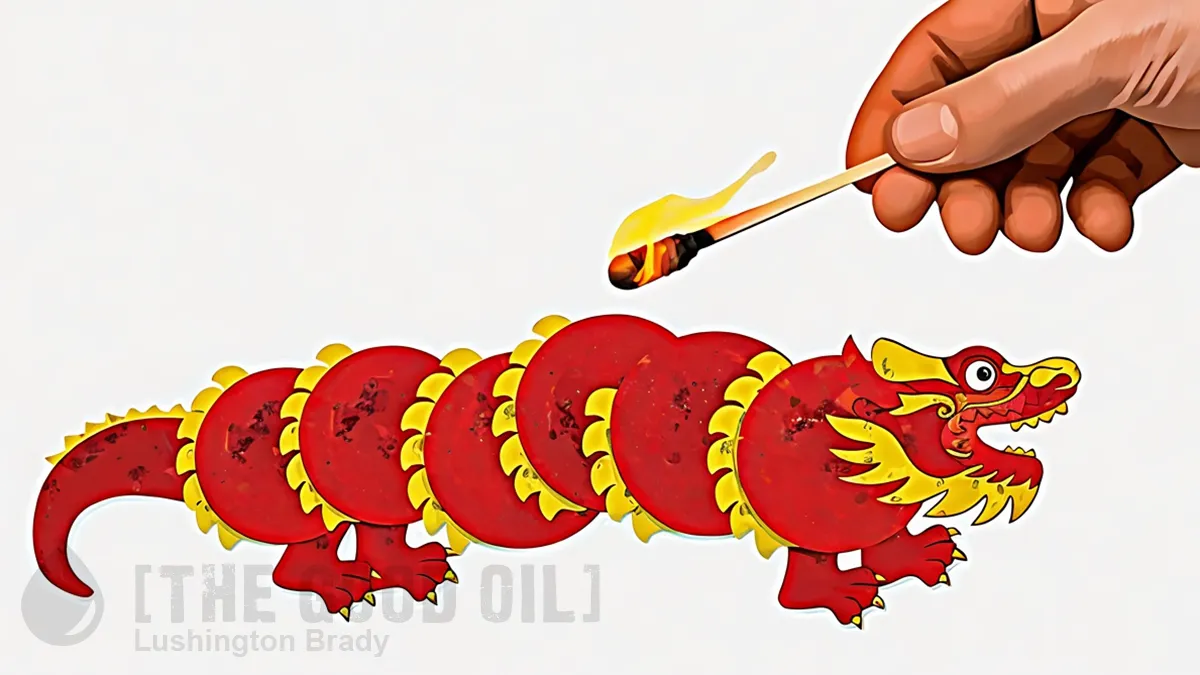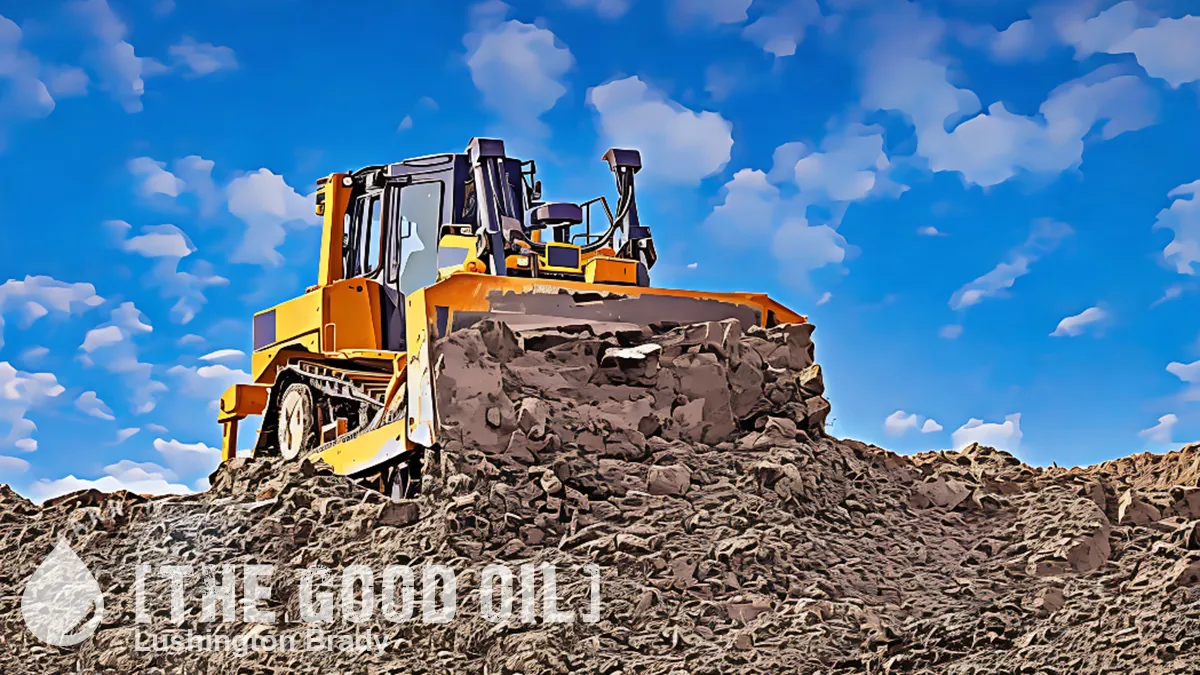In 1996 I arrived in Hong Kong. There I worked in various capacities including factory inspections within a territory ranging from Japan across to India and down to New Zealand. Over a decade I probably performed over 300 factory inspections: checking all sorts of things – health, safety, employee age, remuneration, compliance and so on. Other than Myanmar and North Korea I have completed these functions in every country in Asia.
On occasion, I would take company, government, or private representatives with me on the inspections. An example is a factory of 7000 employees, roughly 1400 per floor in a 5-storey building – each floor larger than a rugby field – filled with employees making nylon bags and similar items. In that factory 90% would have been girls and women mostly from the north of China, coming (both willingly and reluctantly) for the money and working for about triple what they could earn in their village.
Typically, the foreign guests would be amazed at the sheer size of the enterprise and intrigued by the scale and complexity, the effort that went into the endeavour. I wish that I had backed up the photos taken of these workings so that I could show them in order to try to help Kiwis understand the scope.
In 2014, Russia “annexed” the Crimea. The inverted commas are relevant because Crimea never really left Russia. Crimea became part of Russia in 1783, post the Battle of Kozludzha when the forces of Islam (in the form of the Ottomans), who had been fighting to conquer Christianity for over a thousand years (to put some of my prior comments about the Crusades in perspective), were defeated. But Crimea’s future was not so certain as in 1954 when the future Secretary of the Communist Party of the Soviet Union, a man skilled at beating shoes for dramatic effect:
Nikita Khrushchev, as a political manoeuvre to shore up support from the Ukrainian Soviet Socialist Republic ‘elites’ (i.e., party members), gave Crimea to Ukraine. He did it to win their support in pursuit of his objective to defeat the Soviet Prime Minister Georgi Malenkov. Malenkov was then the preeminent leader in the USSR after the 1953 death of Joseph Stalin.
The political spin was that the transfer was justified by Crimea’s cultural and economic affinities with Ukraine. This was despite (even in the 1950s) the population of Crimea – approximately 1.1 million – being roughly 75 per cent ethnic Russian and 25 per cent Ukrainian. Not only did Khrushchev receive support for his personal gain but he put in place a ‘long march plan’ – a ploy to bring larger numbers of Russians into client states where they could act as a political lever.
This is much the same tactic as Indonesia currently uses in West Papua, as does China in Tibet and so on. The transfer was legal according to the ‘”laws” of the time’ but did not sit well with many. The Crimea was ethnically Russian and, because of ‘location, location, location’, a valuable piece of real estate. Later, a savvy Putin, once again in a purely political manoeuvre to shore up local Russian support, annexed Crimea back in 2014. Russia giveth and Russia taketh away. This was an early and obvious indication of his indignant attitude to territories he regarded as “Russian” but ceded to others for political reasons. “Realpolitik”.
Currently and far away from past international manoeuvrings, we have, in New Zealand, “parochial thinking” courtesy of the mainstream media: e.g., the NZ Herald, “Time to turn down the methane tap” (April 8th, 2022) and other articles, and elements of the Green and Labour Parties who think that cow burps and farts are going to ruin the environment, promote global warming and present an existential threat.
These parties don’t see the full field. While their instincts are to charge the Federated Farmers’ electric fence with dramatic solutions to signal their desire to save the planet, such as a livestock cull, this seems to be without considering exactly and to what effect changing our bovines into burgers would be and how their solution would curdle the NZ dairy industry.
Now, reflecting on history: in response to the annexation of the Crimea, the EU imposed sanctions on Russia. EU countries such as the Netherlands, one of the largest dairy producers in the world, subsequently embargoed shipments of dairy products to Russia, and as the current hysteria over baby formula shortages in the US attests, such embargos could be a big deal!
What happened? We go back to China and these gargantuan companies I have mentioned.
In 1949, there were only 120,000 dairy cattle in China, with an annual milk production of 192,000 tonnes and an average yield of just above 3 tonnes per cow. At that time the per capita consumption of dairy products in the country was 0,4 kilogrammes. 60 years later, in 2019, the total number of dairy cattle in China was around 6 million… and growing…

In 2019, milk production surpassed 32 million tonnes and the per capita consumption of dairy products had stunningly increased to over 30 kg. Though this huge development of dairy farming in China took place over 60 years, the main changes happened in recent times.
The 2014 EU sanctions against Russia proved to be a boon for the Chinese. The sanctions incentivised huge investments in their dairy industry. China quickly leapt in to fill the gap in supply, alleviating Russia’s problem and creating a ‘win-win’ for both parties and a lose-lose for EU dairy and sanctions.
To date, China has significantly modernised its dairy industry – learning from the best, which includes us! Along the way China bred a uniquely efficient breed of dairy cow, the ‘Chinese Holstein’… Can we learn from that?
Let us return then to NZ and those Greens, Labour and MSM elements advocating slashing bovine herd numbers to fight global warming. We can predict that China will simply step into the breach and supplement any reduction in supply through an increase in their herd numbers and therefore negate any net decrease in dairy herd methane made in New Zealand.
With even greater economies of scale, any idea that we can outperform China is dispelled. If you don’t believe me then see with your own eyes by watching:
These are enormous enterprises that New Zealand cannot match. If New Zealand is to compete in the dairy market, then we must do so based on quality.
If put into practice, the policies advocated by the Greens, Labour and the mainstream media will cripple the New Zealand economy and achieve nothing productive. They are ideologically rather than rationally driven. This irrational approach to global warming is disheartening. What is needed is investment in innovation and in technologies that ACTUALLY address the issue – methane production by cows as they produce milk. And here is where we can benefit from breeding programs and innovation. Just like the Chinese developed the Holstein we can develop a ‘low methane’ cow; no need to cull the herds. Sure, this won’t be an immediate solution, something politicians love!
Life doesn’t work to such timetables. However, now in New Zealand, in 2022, low methane livestock are a reality. AgResearch scientists have successfully bred low methane emitting sheep, and the same technologies have the potential to help all NZ livestock farmers lower their carbon footprint. The ground-breaking research took out the 2021 Supreme Award at the Science New Zealand Awards. This type of technology can help livestock globally if only these innovations are better recognised and supported by those who have a duty to be aware of such developments which, specifically, includes MSM and outspoken politicians from all sides.
In summary, and this is a message to all political parties: research your topics to arrive at solutions before you make pronouncements. From the very people who chatter on about misinformation and disinformation, your misinformed or misdirected ideas can have significant consequences within the New Zealand economy. It is hard for farming, or indeed any industry, to plan a future in an environment of lazy and opportunist political thinking and influence.









